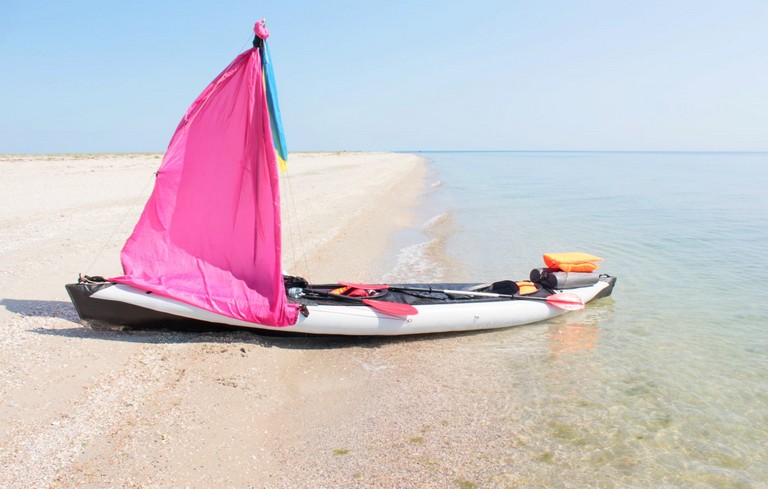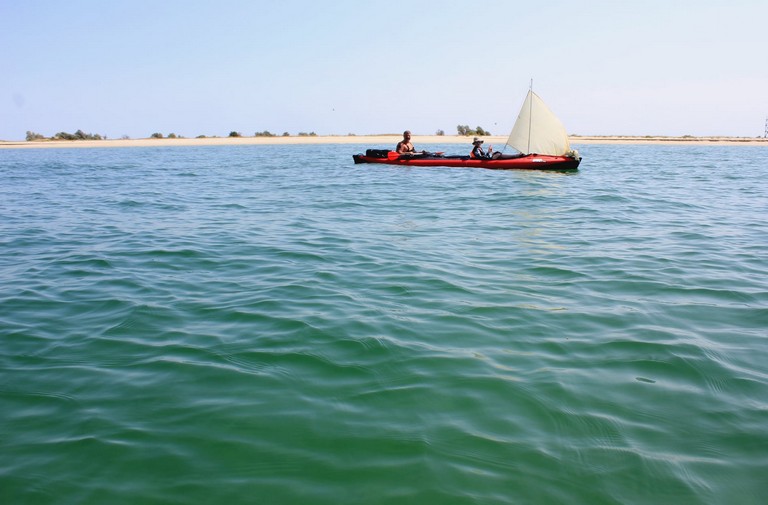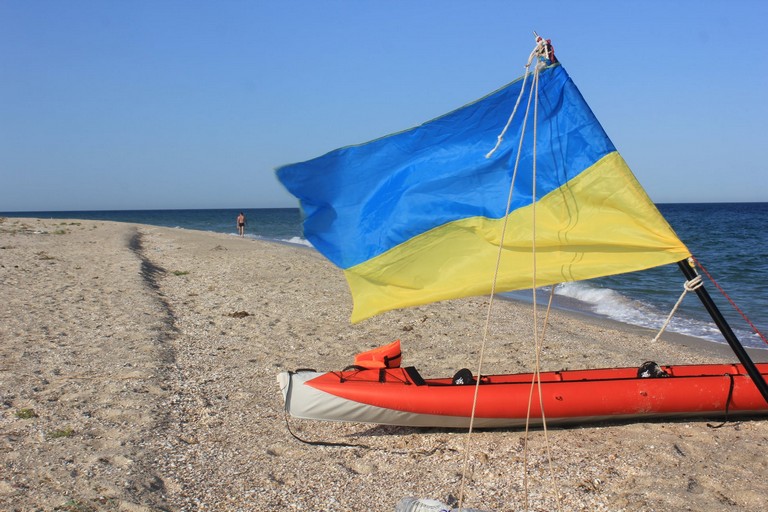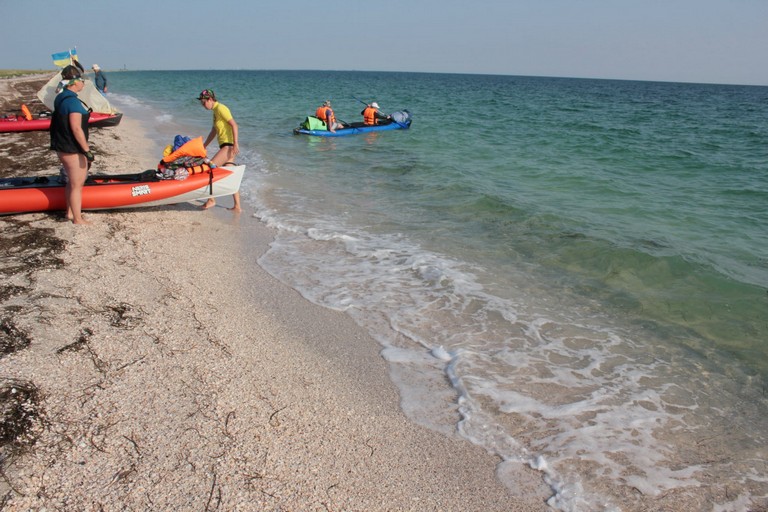From the finish of the cycling route on Kinburn Spit, on a clear day, a thin strip of land is barely visible on the horizon amid the endless sea. This is Tendra. You can reach the island by kayak in half a day, but to better explore it, it’s best to plan a two-day sea journey.
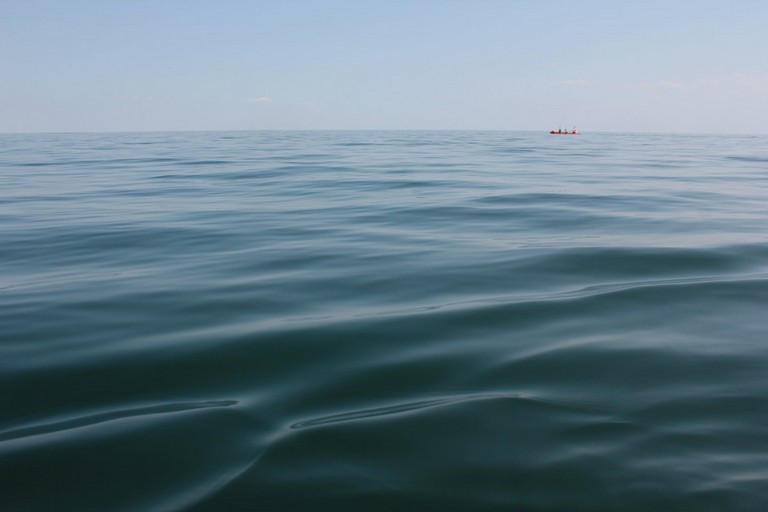
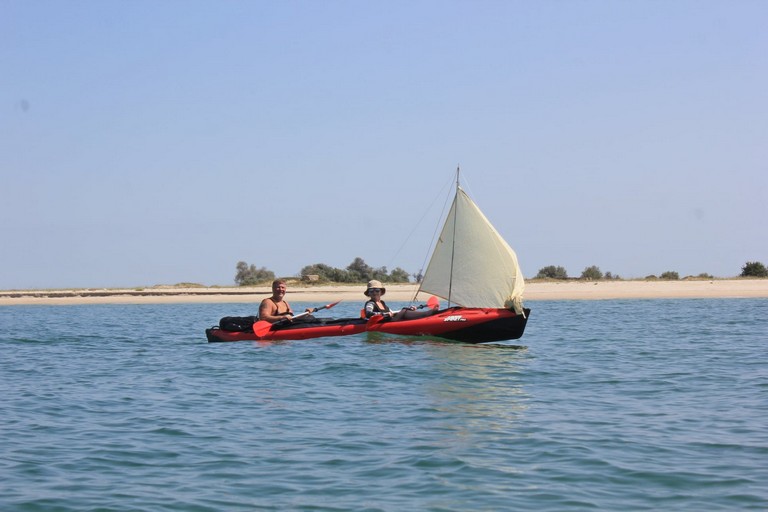
Tendra Island is a sandy spit that separates the Yagorlytska Bay from the Black Sea. Its formation began around 8-10 thousand years ago as a result of sand deposition by sea currents and wind activity. Geological studies indicate that this area was once part of the mainland, but gradually became separated due to the rising sea levels after the Ice Age.
Historical Mentions
The term “Achilles’ Run” was used by ancient Greeks and the inhabitants of Olbia to refer to the Tendra Spit, which connects with the island of Dzharylgach via the coastline, forming what seems like a peninsula.
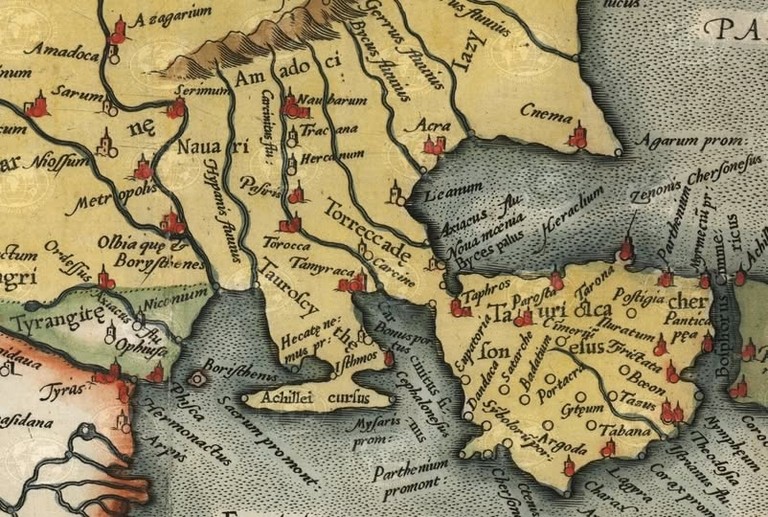
In Dionysius Periegetes’ (2nd century AD) writings, there is a legend in which Achilles, upon meeting Iphigenia, decided to take her as his wife. However, the priestess had taken a vow of chastity and could not agree to marry him. Madly in love, Achilles plotted to take Iphigenia by force. He chased after his beloved, who chose to leap into the sea rather than betray her mistress. Artemis helped her favorite, and when Iphigenia jumped into the sea, Artemis began sprinkling sand before her. Achilles chased after the swift Iphigenia for a long time but never caught up with her, as his feet sank into the sand, and he grew tired, eventually abandoning his pursuit. According to the Greeks, this is how the spit, more than a hundred kilometers long, was formed in the sea, which they called Achilles’ Racecourse, or Achilles’ Run.
Ancient Greek artifacts have been found here, confirming the island’s use in ancient times. In the medieval period, Tendra served as a stopover for sailors and Cossack ships.
Nature Reserve
The island is part of the Black Sea Biosphere Reserve and is protected as a territory with unique natural complexes. Its ecosystems include sandy dunes, saline meadows, and steppe areas, creating a special environment for rare plants and animals.
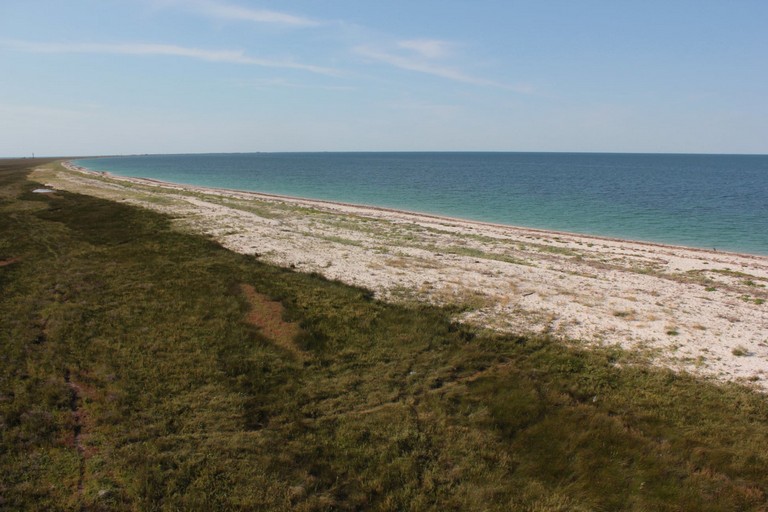
Flora
Tendra Island is home to over 250 plant species, many of which are rare or listed in the Red Book of Ukraine. Notable representatives include:
-
Taliyev’s Sandwort (Arenaria talievii) – an endemic species of the Black Sea region.
-
Buzuk’s Carnation (Dianthus hypanicus) – a rare steppe species.
-
Dnieper Feathergrass (Stipa borysthenica) – adapted to sandy soils.
-
Liechtenstein’s Grasses (Cynodon dactylon var. lichtensteinii) – a salt-tolerant plant capable of withstanding soil salinity.
-
Tatar Sea Kale (Crambe tataria) – a steppe plant found on dune sands.
Fauna
The island is home to many animal species, including those listed in the Red Book of Ukraine.
-
Wild Horses (Tarpans) – Semi-wild horses inhabit the island. These are descendants of domestic breeds that were once released into the wild. They are well-adapted to the local climate and feed on steppe grasses.
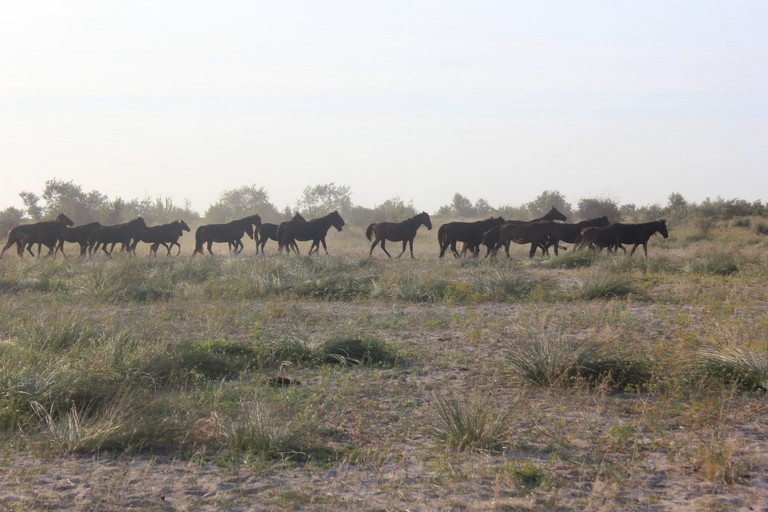
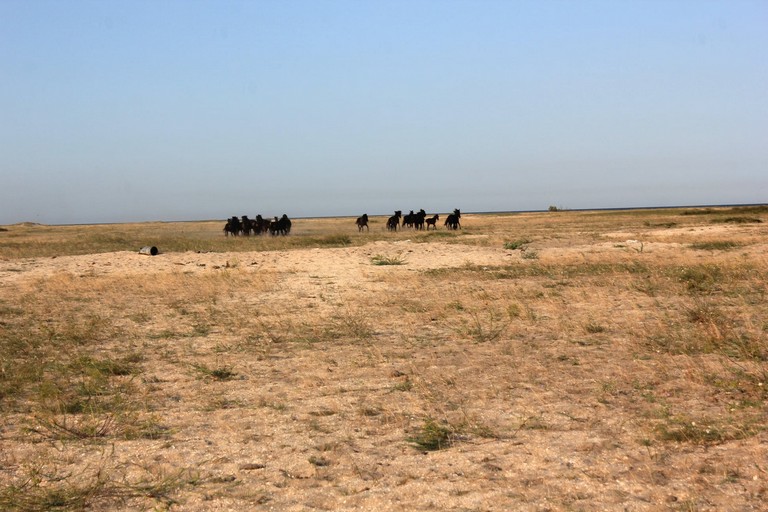
-
Dolphins – In the coastal waters of Tendra Island, three species of dolphins are frequently encountered:
-
Bottlenose Dolphin (Tursiops truncatus)
-
Common Dolphin (Delphinus delphis)
-
Harbour Porpoise (Phocoena phocoena)
-
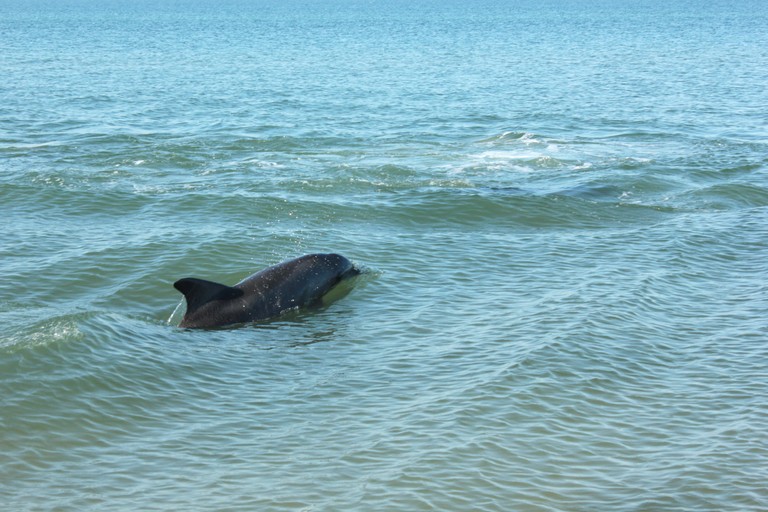
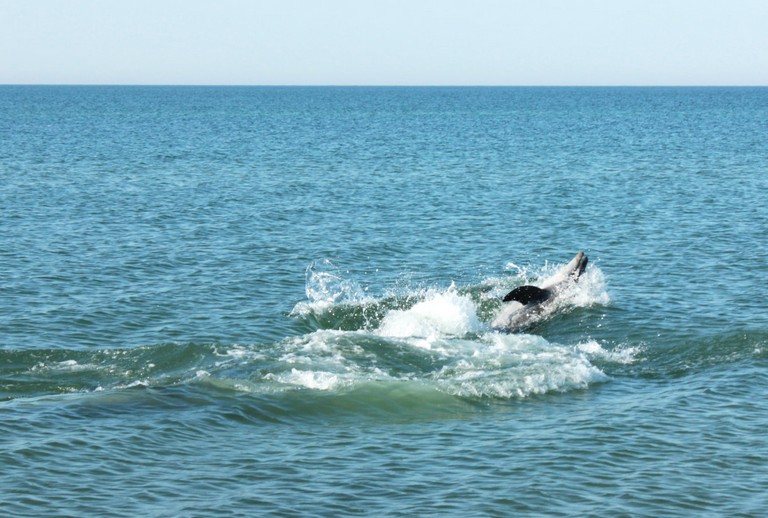
- Karakurt (Latrodectus tredecimguttatus) – one of the most dangerous spiders in Europe. Its venom is more potent than that of a rattlesnake, although it is usually not fatal to humans.
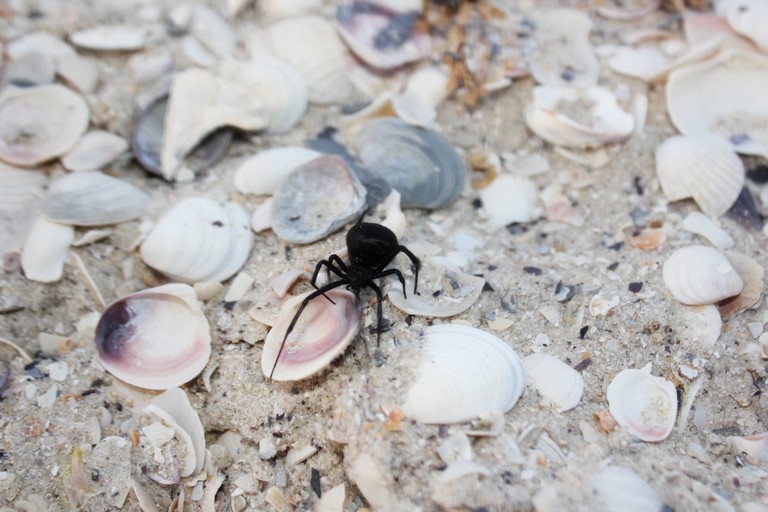
-
Birds – Among the local inhabitants are the pink pelicans (Pelecanus onocrotalus), white-tailed eagles (Haliaeetus albicilla), waders, and many other waterfowl that nest on the island.
Insects – Among the rare species are the Swallowtail butterfly (Papilio machaon), Hercules beetle (Dynastes hercules), and carpenter bee (Xylocopa valga).Tendra Lighthouse
Tendra Lighthouse is one of the oldest lighthouses on the Black Sea coast, holding strategic importance for maritime navigation. It was built in 1827 and has remained unchanged since then, preserving its original appearance – a white, round stone tower, 30 meters tall, with two black horizontal stripes.
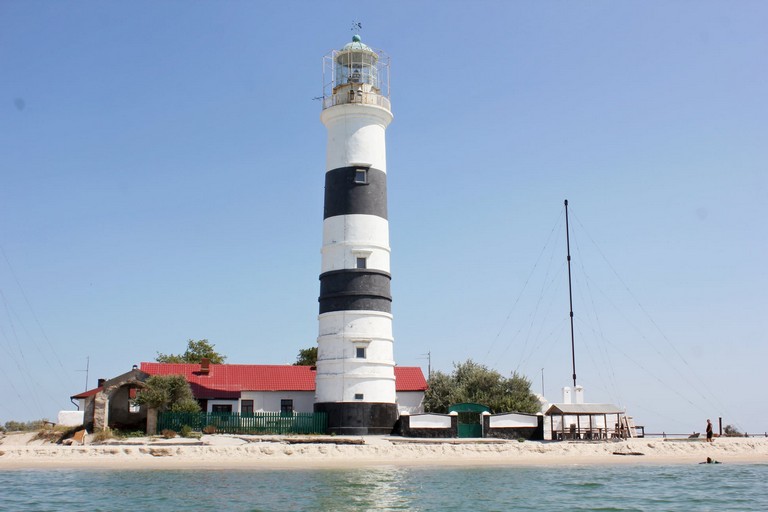
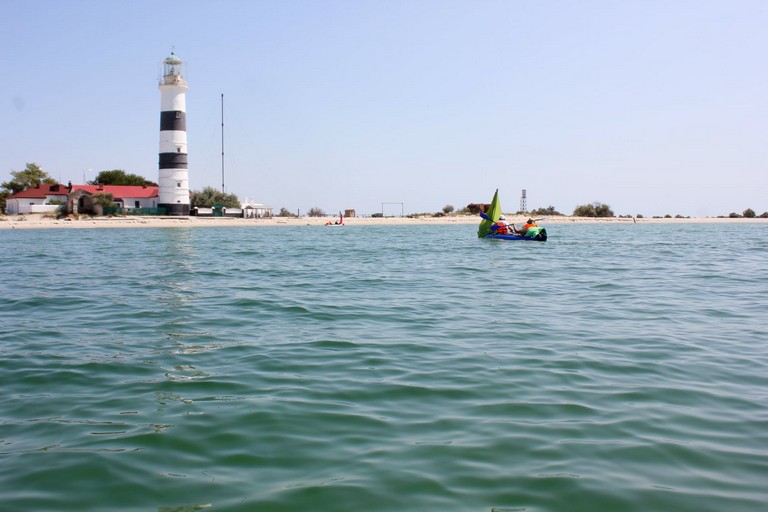
Initially, the lighthouse operated with oil lamps, which were later replaced by gas lamps, and now electric lanterns with automatic control are used. Thanks to its light, ships can safely pass by Tendra even at night.
The island has no natural sources of fresh water, except for the well near the lighthouse – don’t forget to collect water!
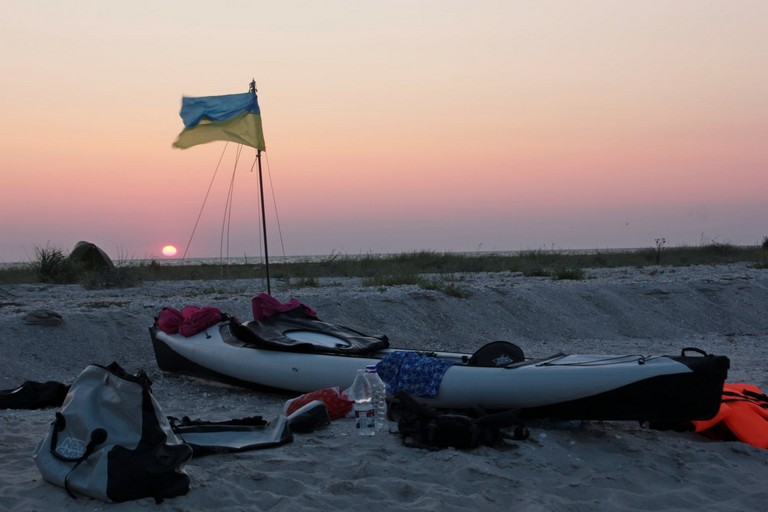
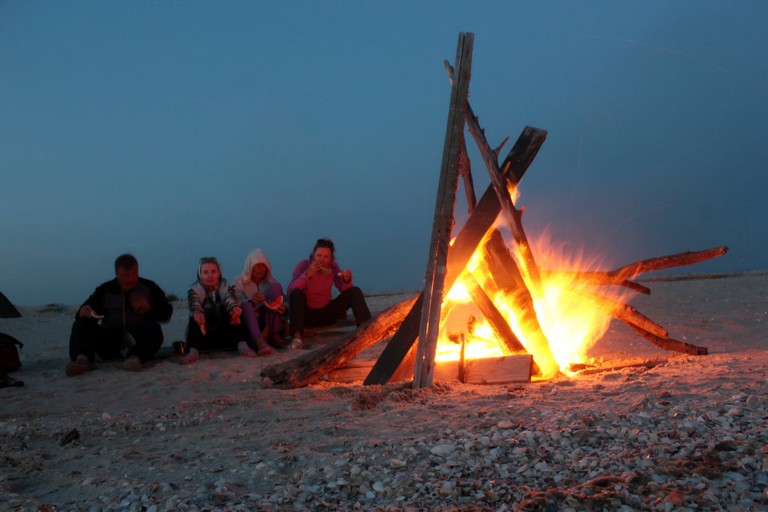
Relief and Dunes
The island has a flat relief, shaped by the influence of sea currents and wind erosion. The surface is primarily composed of sand dunes, with heights reaching up to 5-7 meters. Some dunes are stabilized by vegetation, preventing them from eroding, while others remain mobile, changing shape under the influence of the wind. Along the southern coast, coastal ridges formed by storm waves can be found. In the center of the island, there are low-lying areas – salt marshes, which are periodically flooded by seawater.
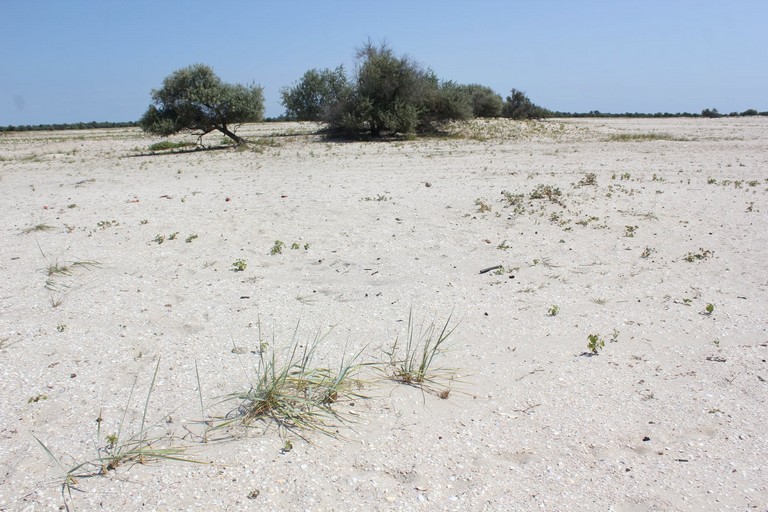
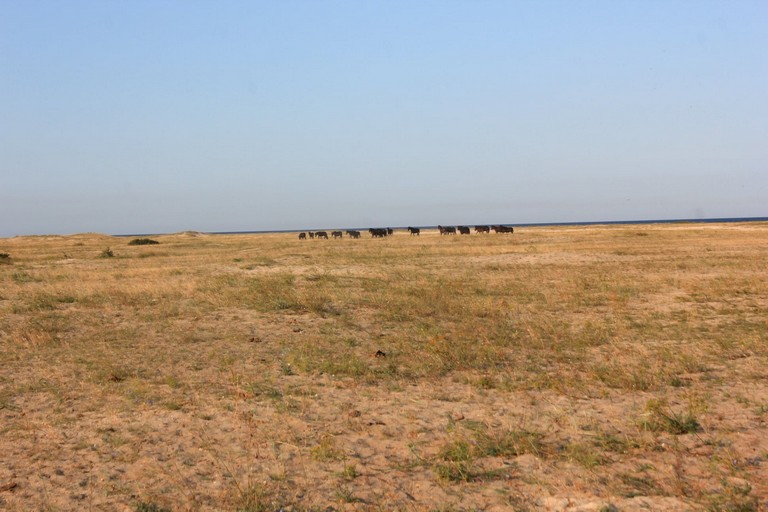
Current State
Today, Tendra is a protected area with restricted access. This helps maintain the natural balance and conserve the rare species that inhabit the island. It also remains an important site for scientific research, particularly in the fields of biology and ecology.
